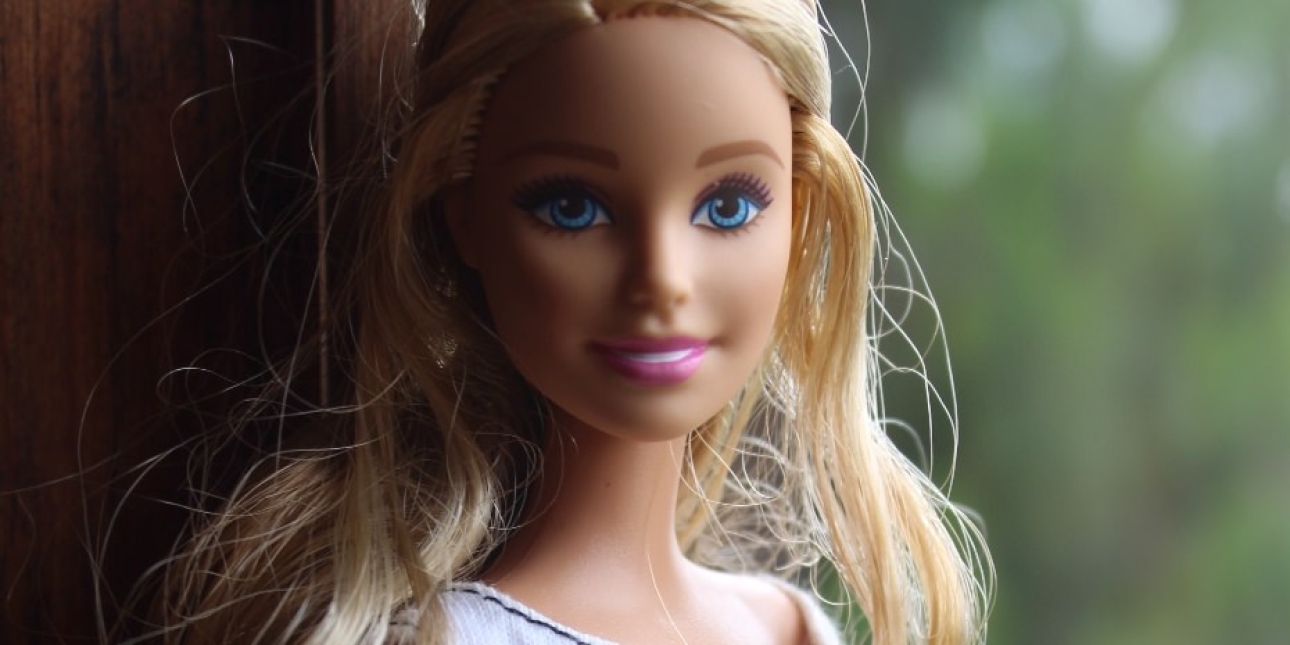PUBLIC RELATIONS
Friday 6th August 2021
Plastic Vaxxer: Barbie’s STEM campaign success
It’s been a plastic fantastic week for Barbie as the iconic doll scored another huge PR victory on Thursday, driving the brand forward with a massively successful campaign, celebrating women working in STEM.
Mattel presented six leading female scientists around the world with their own replica dolls – and the campaign achieved widespread coverage in the UK including the BBC, Guardian, Independent, Sky News and Mail Online.
It shows the power of the Barbie brand and the STEM campaign idea that, despite many years of criticism for promoting an unrealistic slim blonde ideal, the coverage was entirely supportive and uncynical.
The new figures included American healthcare workers Amy O’Sullivan and Dr Audrey Cruz, Canadian Dr Chika Stacy Oriuwa, Brazilian biomedical researcher Dr Jaqueline Goés de Jesus and Australian Dr Kirby White, who co-created a reusable gown.
But surely even Mattel must have been pleasantly surprised when Dame Professor Sarah Gilbert, the co-creator of the Oxford/AstraZeneca jab, agreed to pose up with her unique scarlet-haired Barbie and provide quotes. There must have been some serious high fives in the press office the day she said yes.
I’d like to think a woman as clever Dame Sarah seriously weighed up her own reputational risk from being associated with a brand which made its name producing pneumatic figures (estimated 36 inch chest with 18 inch waist) who loved to cook. She went as far as to admit that she initially found the gesture ‘very strange’.
But the power of the STEM message proved too strong to turn down. For her, the opportunity to inspire young girls to work in science, technology, engineering and mathematics outweighed any worries about Barbie’s historic controversies. Dame Sarah said: “My wish is that my doll will show children careers they may not be aware of, like a vaccinologist.”
The success of the STEM campaign reinforces the PR impact which is possible from finding that right combination of newsworthiness and surprise. The key to its success was the shock of seeing such a high-profile female scientist backing the doll which epitomised ‘dumb blonde’ – before realising how far Barbie has herself moved on.
Barbie (real name Barbara Millicent Roberts) is probably the most famous toy on the planet. Over one billion dolls have been sold since she first appeared in March 1959. History – and Mattel’s bank balance – suggests that girls (and boys) do like to play with dolls. The question is what sort of dolls.
Mattel has been cleverly (and of course necessarily) pursuing a “wokeover” for Barbie for many years. This is the latest in a long line of inventive PR campaigns which have placed her at the heart of gender debates.
Barbie has moved with the times, riding wave after wave of criticism, before re-inventing herself and offering choices more suited to the current climate. She is, in many ways, a mirror to society.
The first black Barbie appeared in 1980 and the company now offers 22 skin tones, 94 hair colours and five body shapes. In 2015 Barbie embarked on a ‘You Can Be Anything’ campaign. You can now buy Barbie vets, paediatricians, astronauts and firefighters - alongside a salon stylist, pop star and traditional ‘fashion’ dolls.
The one job missing from the list though is the one she is best at – PR professional.

